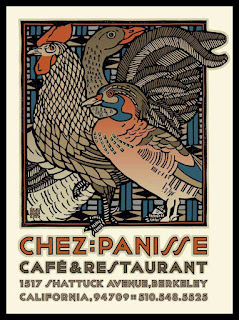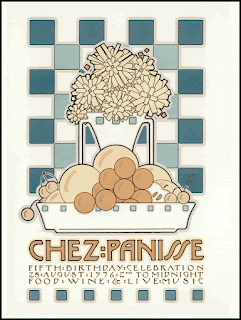8. Oliver Burkeman, Four Thousand Weeks: Time Management for Mortals (2021) (3/29/23)
Like most of us, I suppose, I often feel like I'm not doing "enough" with my life, and fall into the trap of thinking I should do more, be more. This book is the perfect antidote to that sort of self-defeatism. As Burkeman points out (via Heidegger), we don't really have time to use up; we are time—and a very limited amount, at that.Before I can ask a single question about what I should do with my time, I find myself already thrown into time, into this particular moment, with my particular life story, which has made me who I am and which I can never get out from under. Looking ahead to the future, I find myself equally constrained by my finitude: I'm being borne forward on the river of time, with no possibility of stepping out of the flow, onward toward my inevitable death—which, to make matters more ticklish, could arrive at any moment.
In this situation, any decision I make, to do anything at all with my time, is already radically limited . . . in a retrospective sense, because I'm already who I am and where I am, which determines what possibilities are open to me . . . [and] in a forward-looking sense, too, not least because a decision to do any given thing will automatically mean sacrificing an infinite number of potential alternative paths. . . . Any finite life—even the best one you could possibly imagine—is therefore a matter of ceaselessly waving goodbye to possibility.
The only real question about all this finitude is whether we're willing to confront it or not.
But let me back up: the 4,000 weeks of the title refers to the amount of time the average human has on the planet, some more, some much less. That underscores the finitude. And then there's our capitalistic mania for productivity, goal-setting, success, career—often to the exclusion of plain old living. Which is really all we get to do in the first place: just live. And yet it's so easy to get drawn into an abstract spiral of expectations, based on delusion and the ridiculous idea that we have all the time in the world to "figure it out and get it right."
This book combats that. It's listed under self-help, but also under philosophy, and it does have much practical advice—like having two to-do lists, one existential, the other practical; like putting your phone on gray-scale mode so it's less alluring (I'm giving that a try). But what I enjoyed most was being immersed in the beautiful open-endedness and uncontrollability of time. Yes, we can make plans, we can create our to-do lists, but if we forget to stop, right here, right now, and simply be, we're cheating ourselves of the amazing gift that is life, that is our life.
In a chapter on impatience, Burkeman describes an exercise of going to an art museum and sitting in
front of a painting not for fifteen minutes, or even an hour, but for three hours.
You spend the first forty minutes wondering what on earth you'd been thinking. You remember—how could you ever have forgotten?—that you've always hated art galleries. . . . You contemplate switching paintings. . . . But then you're forced to admit to yourself that making a fresh start, by picking a new painting, would be to succumb to the very impatience you're here to learn to resist. . . . And so you wait. Grumpiness gives way to fatigue, then restless irritation. Time slows and sags. You wonder if an hour has passed, but when you check your watch, you find it's been seventeen minutes.
And then, around the eighty-minute mark, . . . there's a shift. You finally give up attempting to escape the discomfort of time passing so slowly, and the discomfort abates. And the Degas [Cotton Merchants in New Orleans] begins to reveal its secret details. . . . Before long, you're experiencing the scene in all its sensory fullness: the humidity and claustrophobia of that room in New Orleans, the creak of the floorboards, the taste of dust in the air.
The second-order change has occurred: now that you've abandoned your futile efforts to dictate the speed at which the experience moves, the real experience can begin.
My favorite chapter, called "Rediscovering Rest," extols the simple activity of going for a hike, or of cultivating a hobby—purely because it gives pleasure. I can get into that! It reminded me of geocaching, which surely has no practical purpose, but it gets me out into the world, looking around, enjoying the moment—all the better if I'm with a good friend or two.
There's much more food for thought in this book, but I'll end with five questions that Burkeman poses to grapple with the deluded notion that life is provisional, "as if the point of your having been born still lies in the future."
- Where in your life or work are you currently pursuing comfort, when what's called for is a little discomfort? (Alternatively, one can ask, Does a particular choice diminish me, or enlarge me?)
- Are you holding yourself to, and judging yourself by, standards of productivity or performance that are impossible to meet?
- In what ways have you yet to accept the fact that you are who you are, not the person you think you ought to be? (A corollary question: How do you enjoy spending your time?)
- In which areas of life are you still holding back until you feel like you know what you're doing? (Consider the possibility that that will never happen. Then just start doing.)
- How would you spend your days differently if you didn't care so much about seeing your actions reach fruition?



















_(13667966664).jpg)
_(25169790524)_crop.jpg)
.jpg)

.jpg)




















